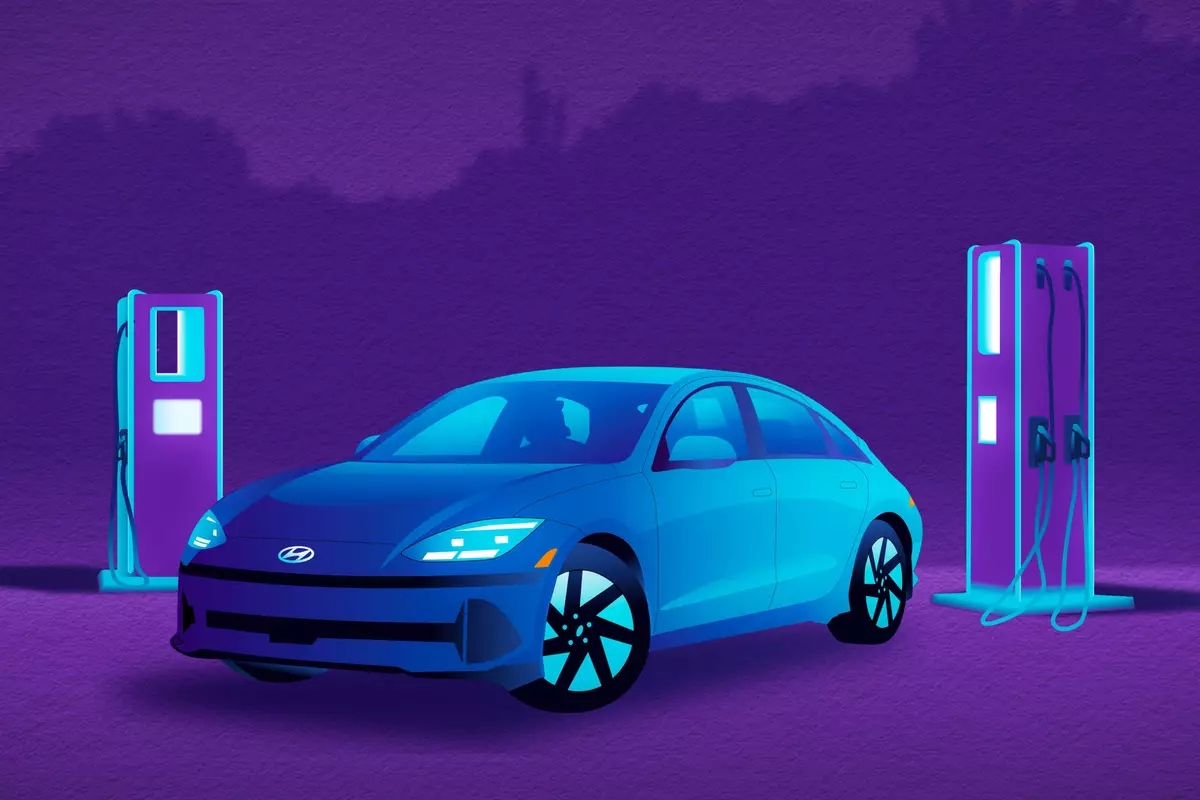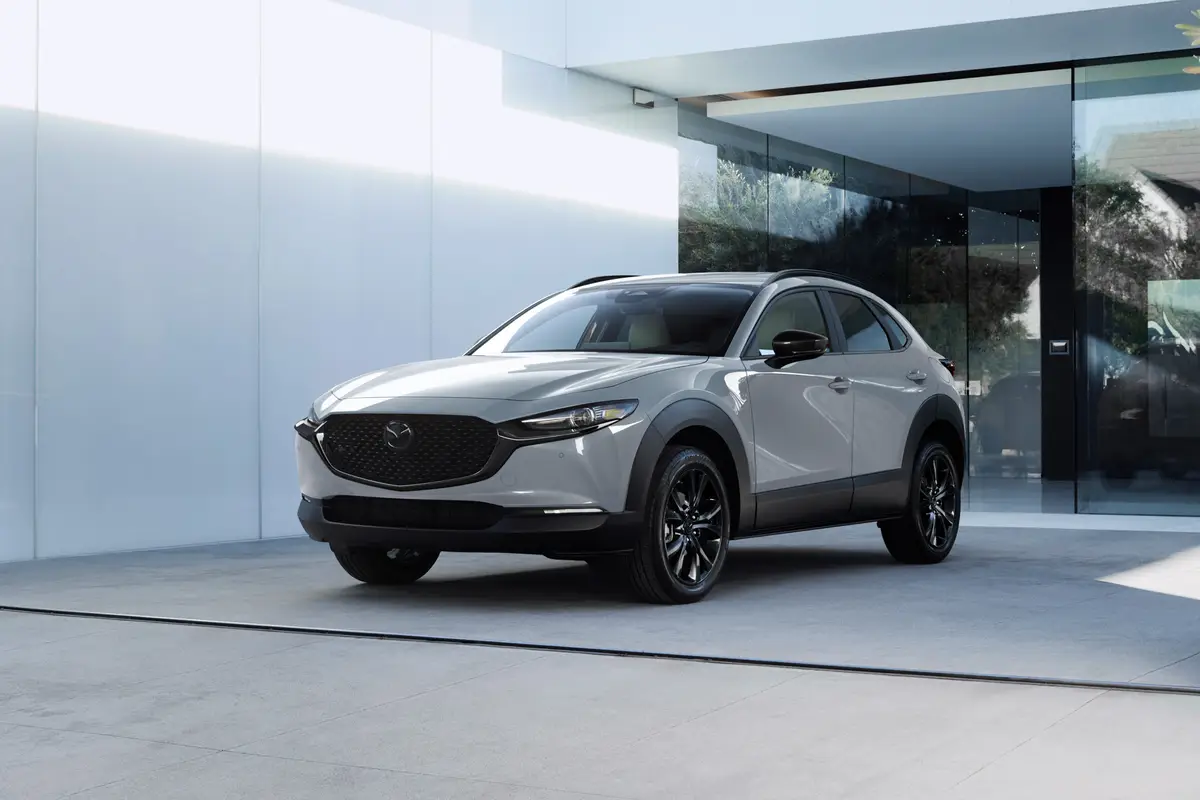washingtonpost.com's view
You can stop laughing at Korean car companies.
You can forget those poor-quality Hyundai cars that littered repair garages in the late 1980s. You can close the book on that awful little Kia sedan that Ford Motor Co. had the temerity to sell as the Aspire.
You can get real about competition. The Koreans are here to stay. Anyone doubting that should take a ride in the 1997 Kia Sportage, a small sport-utility vehicle designed to compete against Toyota’s RAV-4 and Honda’s CR-V.
Guess what? It does compete. The Toyota and Honda vehicles hold the edge in overall quality. But the Sportage is well within the ballpark. And for the money, it’s a slam-bang, value-hit home run.
There is a natural tendency among the challenged to dismiss challengers as a joke. Japanese auto officials should resist that temptation in considering the Koreans, who appear ready to do to the Japanese what the Japanese did to the Americans in the auto industry.
It is a simple formula, actually. Find a rival’s weakness. In this case, it’s economy vehicles, which both Japanese and U.S. car companies seem to regard nowadays as anything costing under $20,000. Attack that weakness with inexpensive, quality products. Add a bit of styling, and sell like crazy.
Background: The Sportage is sold by Kia Motors America, the California-based U.S. sales and marketing arm of Kia Motors Corp. in Seoul. Kia began business in the United States in 1994. The company now has 222 U.S. dealerships, mostly on the West Coast.
By May 1997, Kia plans to open 21 new dealerships in the mid-Atlantic region.
That creep-and-grow strategy mimics Japanese automakers’ movement into the U.S. market: Start small, with small and generally inexpensive products. Work for sustained, year-over-year growth. Kia’s U.S. sales, for example, went up 46.6 percent in 1996, rising to 36,274 vehicles sold from 24,740 in the previous year. And finally: Hit ’em with a whammy.
Here is where Kia is being particularly smart. The company isn’t wantonly dumping money into passenger cars, whose overall U.S. sales are declining. Kia does have a decent little Sephia sedan, which competes in the car category. But, that’s another column.
The smart thing now is to pick up the Japanese trend toward small, fuel-efficient sport-utes in a market increasingly crowded with big, expensive, fuel-guzzling models. The four-wheel-drive Sportage handles this task well.
Like the RAV-4 and CR-V, the Sportage is perfect for commuter runs in snowy and other inclement weather. But unlike those models, the Sportage is built for off-road duty — muddy and modestly rocky paths, which it traverses with ease.
The Sportage is available in two-wheel-drive and four-wheel-drive, the latter being of the “on-demand” variety, which means you use a transfer case to put it in gear when four-wheel drive is necessary. Construction is body-on-frame — a rather rigid ladder frame in this case. The suspension up front is double-wishbone coil spring with a strut damper. The rear gets similar treatment.
The Sportage is equipped with a 2-liter, in-line, four-cylinder, double-overhead-cam engine rated 130 horsepower at 5,500 rpm. Torque is rated 127 pound-feet at 4,000 rpm. It seats five and can pull a trailer weighing 2,000 pounds. But I’d leave the trailer off of this. The vehicle doesn’t impress me as having the oomph to pull much more than its own weight and cargo at anything approaching highway speed.
A five-speed manual transmission is standard in both the two-wheel- and four-wheel-drive Sportages. An electronically controlled four-speed automatic is optional.
Two driver air bags are standard — one for the chest and another for the knees. Passengers get belts only.
Latest news



